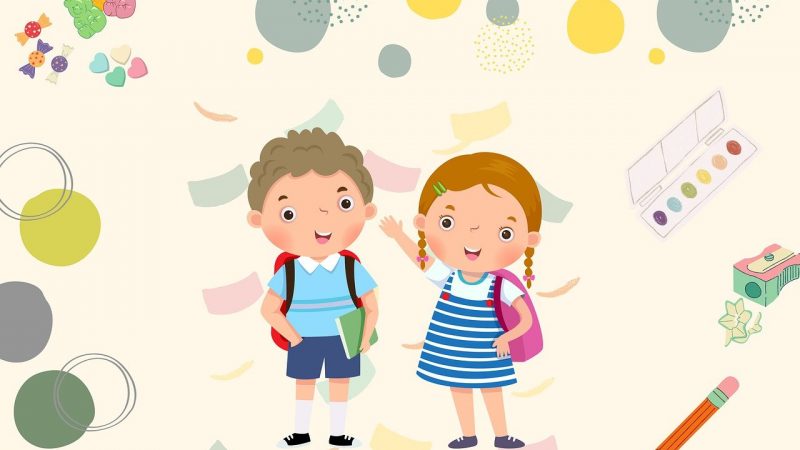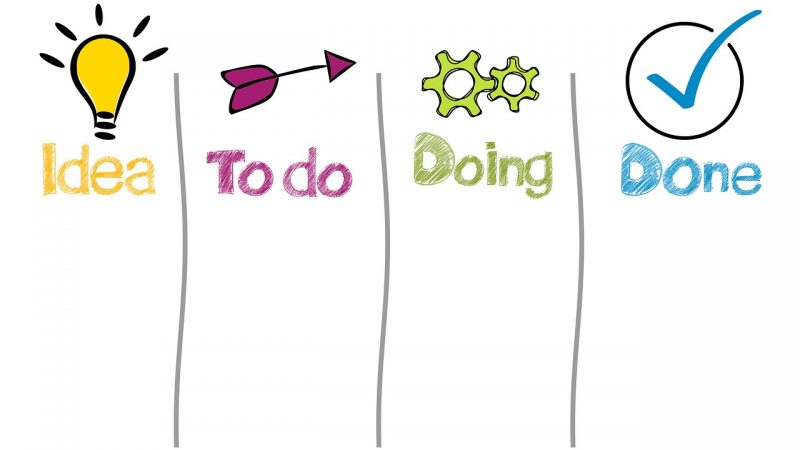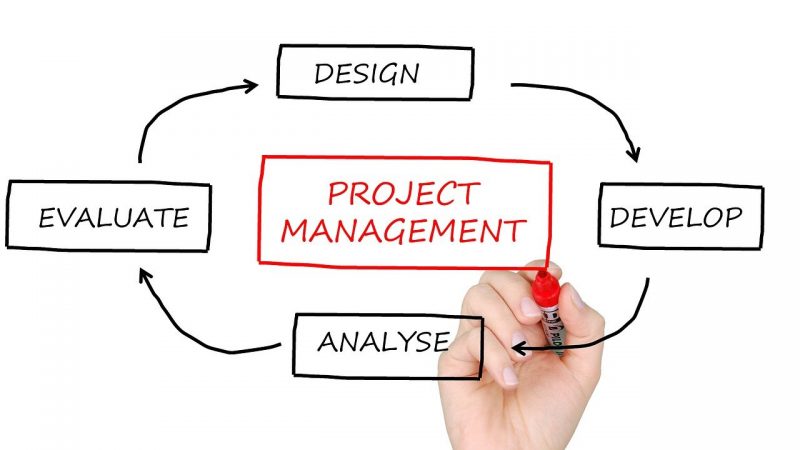Teachers are constantly seeking new techniques to increase student participation and foster active learning. An easy yet effective strategy utilizing simple playing cards can boost engagement in any classroom. This article will explain multiple card-based participation activities, adaptations for various subjects, and benefits for energizing any lesson. With just a deck of cards, teachers can shuffle up learning!
Benefits of Using Playing Cards
Playing cards offer many advantages as classroom participation tools:
– Cards are versatile for diverse activities adapting to any subject or skill
– Versions like numeral or picture cards work for all ages and needs
– Novelty elicits interest and excitement to try something new
– Cards are inexpensive and easily acquired
– Activities are simple to learn but allow creativity in implementation
– Colors, numbers, and symbols provide visual stimulation
– Portability enables learning games nearly anywhere
– Associating learning with play promotes motivated, active participation
With a stack of cards, student engagement is in your hands!
Participation Techniques Using Playing Cards
Here are impactful yet enjoyable ways to use playing cards for eliciting participation:
Call Cards
Assign each suit of cards to a specific discussion role. For example, hearts = discussion leader, diamonds = fact-checker, clubs = creatively expand ideas, spades = synthesizer. Shuffle cards and distribute to each student. When posing a discussion prompt, have students take turns responding based on the role on their card. Roles encourage equal air time and thoughtful exchanges. Adapt roles as needed.
Question Cards
Distribute cards to pairs or small groups. Have students write substantive discussion questions about lesson concepts on their cards. Collect and shuffle cards. Draw question cards and have student pairs not in the authoring group discuss answers. Let groups assess accuracy. Promotes critical thinking, articulation, and accountability.
Strategy Cards
Use cards to assign collaborative learning strategies like numbered heads together, jigsaw, circular sharing, gallery walk, etc. Group students based on drawn cards and have them employ the designated strategy to process content. Rotating strategies maintains freshness while structuring interactions.
Brainstorming Decks
For creative thinking, have students rapidly ideate by listing ideas on individual cards. Collect and shuffle cards to share the brainstormed ideas. Students can also exchange decks with a partner to build on ideas. Cards facilitate fast-paced brainstorming and exchange. Modify for categorizing, ranking, or selecting best ideas.
Feedback Cards
Distribute cards for students to provide peer feedback or assessment. Students write constructive comments about a classmate’s work on cards. Give students several cards to provide balanced, specific feedback. Cards are then shuffled and returned to the respective students to review anonymously.
Thought Cards
At the end of a lesson, have students capture takeaways, questions, reflections, or future action items on cards. Use as exit tickets to review student learning and inform instruction. Students can also exchange cards to provide responses, continue dialogue, appreciate insights.
For primary grades or English learners, use picture cards with content-related images to prompt paired discussion. Abstract concepts become concrete starting points for exchanges.
Adaptations for Any Subject Area
Playing cards lend themselves to any subject or skill when tailored:
– Math: Assign operations like add, subtract, multiply, divide to suits. Draw two cards for creating word problems. Use cards for fractions and decimals ‘Go Fish’.
– Writing: Spades = prewriting, hearts = drafting, diamonds = revising, clubs = editing. Students draw cards dictating writing sequence.
– Science: Assign card suits to steps of the scientific method. Draw cards to determine investigation sequence. Use cards for modeling elements combinations.
– History: Assign card suits to historical thinking skills – context, evidence, change & continuity, causality. Draw cards to frame analytical questions.
– Foreign Language: Label cards with vocabulary or verb conjugations to drill. Use as flashcards or in interactive games like Go Fish or Memory.
– Health: Create health tips or questions on nutrition, safety, hygiene etc. and use cards as talking points or in games like Health Bingo.
Across all subjects, cards build active learning, dialogue, review, and excitement within lessons. Cards become vessels for communicating course content interactively.
Specific Models to Try
To see cards in action, consider trying these engaging lesson models:
Card Conversations – Partners draw from question card decks to scaffold dialogue reviewing concepts.
Card Jumble – Categorize mixed content cards into proper groupings by analyzing card facts.
Card Sort – Have teams sort shuffled decks into sequence using lesson knowledge. Speed and accuracy build comprehension.
Quiz-Quiz-Trade – Students create unique quiz questions on individual cards. Find a partner, quiz with your card, then trade cards and seek a new partner. Fun review!
I Have…Who Has…? – Distribute cards with content, vocabulary, definitions. Read your card aloud: “I have…(content)” The student who has the matching card responds: “Who has…(related content)?” Continue the chain.
Implementing Cards Successfully
Follow these tips for smooth card activity facilitation:
– Provide concise activity directions and model expectations
– Keep card content clear and large enough to read from afar
– Build in time for writing on cards, redistributing, and reviewing
– Set expectations for active listening, respectful exchanges, participations
– Circulate to monitor and coach students in using discussion roles
– Allow time for students to debrief on insights gained after concluding card activities
– Take time to create high-quality card content tailored to learning objectives
– Consider laminating card sets for re-use across classes
Get the deck ready for engaging every student! Cards unlock participation.
Conclusion
A simple deck of cards wields tremendous potential to amplify student participation. Portable, budget-friendly, and endlessly adaptable, cards inject interactive learning into any instructional setting. Harness the power of cards to flip engagement from passive listening to active student involvement. Let the suite deals commence!










